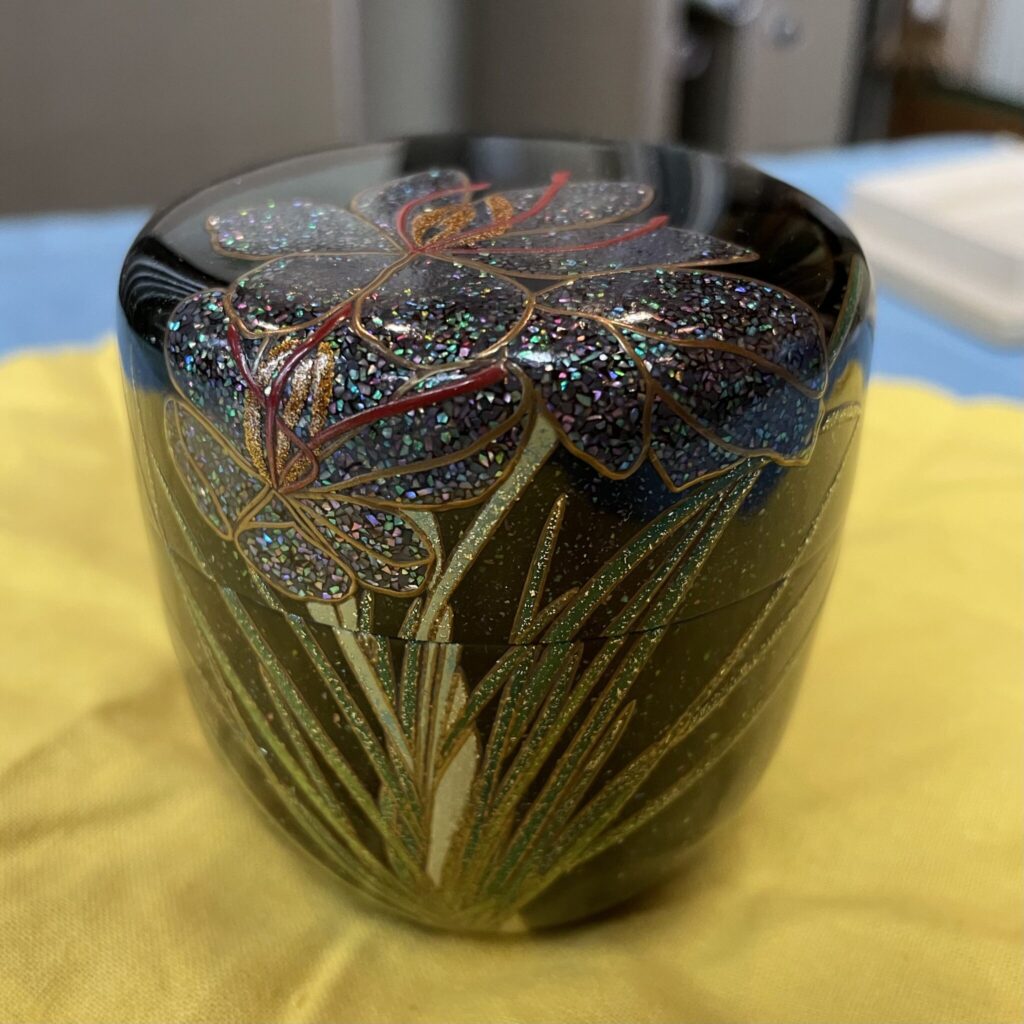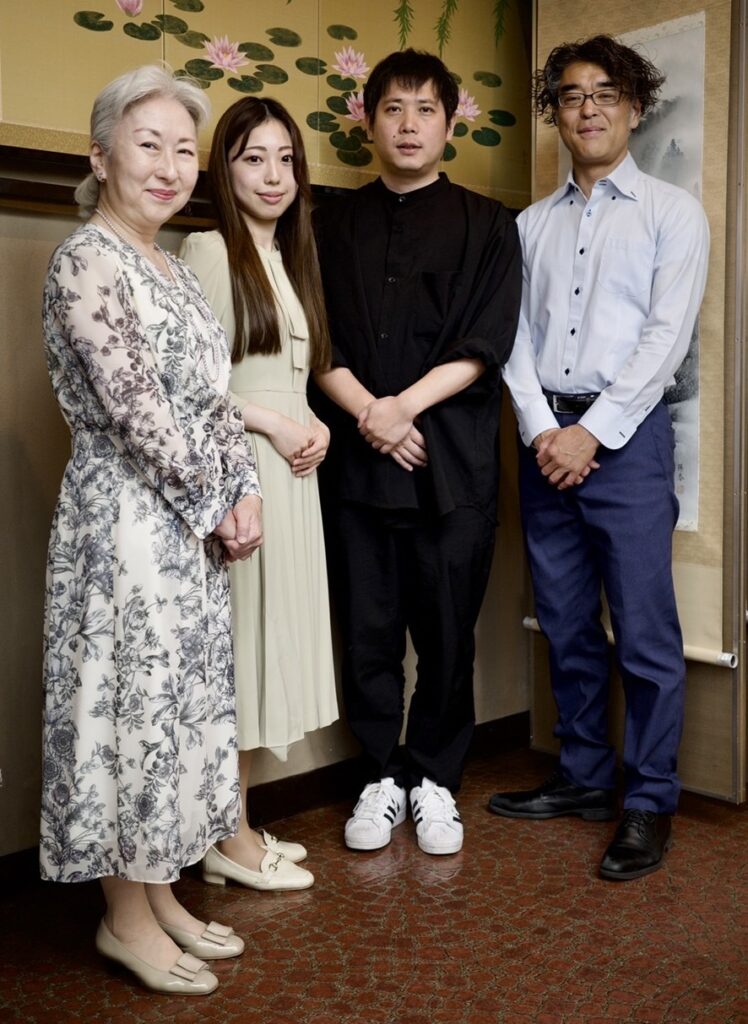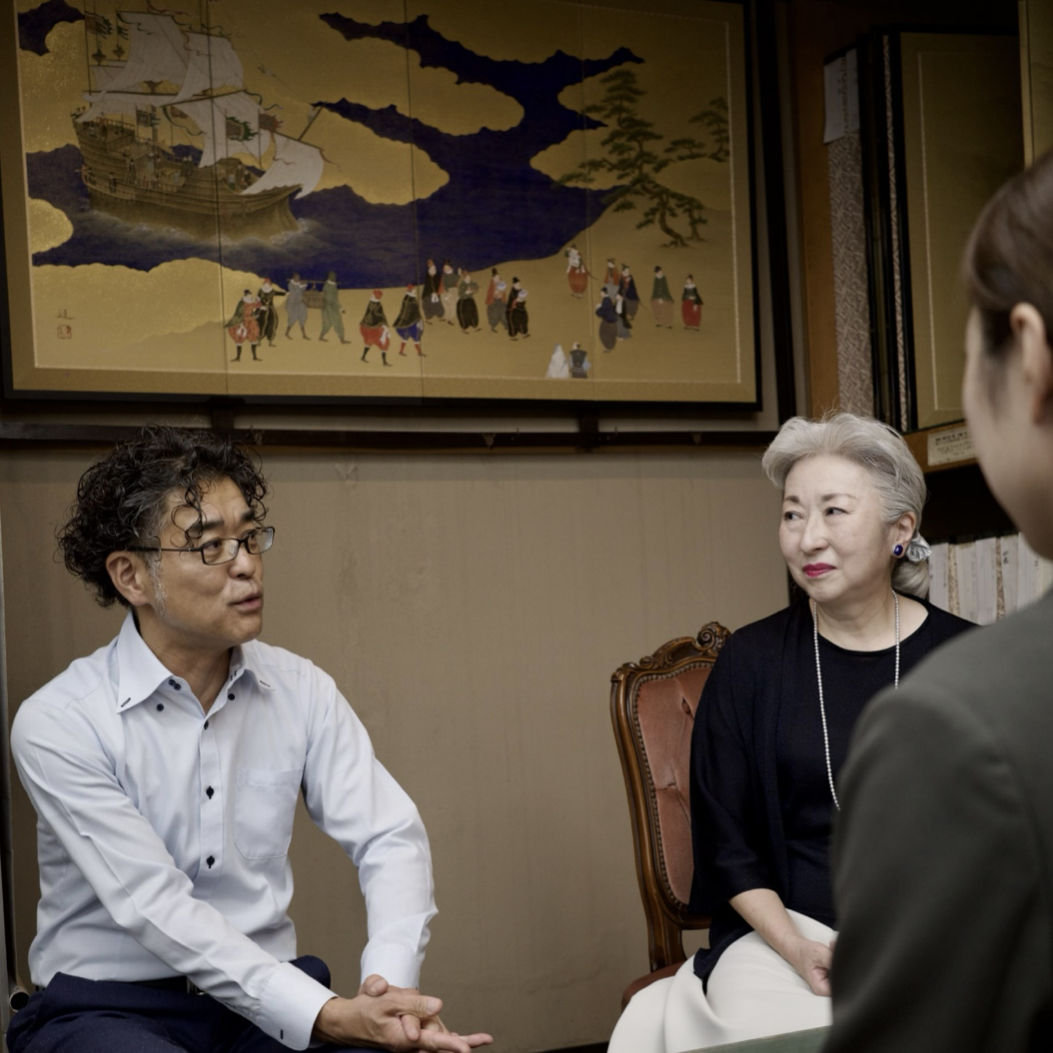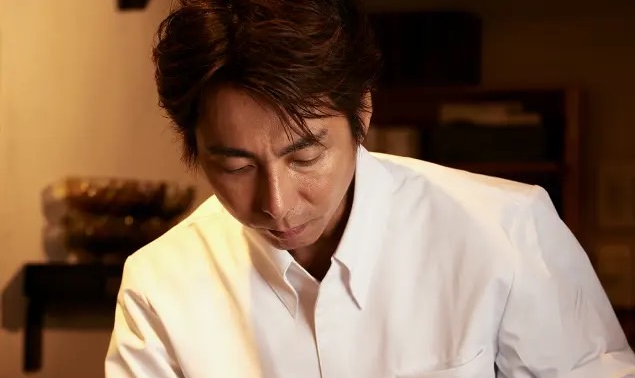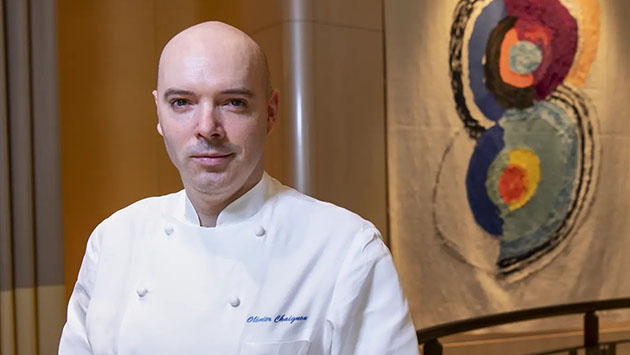Arata Takashima
Japanese Lacquerware Artist
Mr. Arata Takashima is a Japanese lacquerware artist who has been carrying on the tradition from his grandfather’s generation. Mr. Takashima believes that traditional techniques are something he inherits from predecessors, and he needs to develop further and pass on to the next generation. This spirit has much in common with Akaito’s approach to Japanese saffron. Introduced by Fuji Torii, we asked him to create a ‘natsume’ (lacquerware tea container, used in the traditional tea ceremony) with the motif of saffron. Through this connection, we interviewed Mr. Takashima about his life-story and the challenges in the traditional world of Japanese lacquerware. (Akaito, Yukina Owashi)

Arata Takashima, Japanese Lacquerware Artist
Born in 1983
2004 Graduated from Wajima Lacquer Art Training Institute, Ishikawa, Japan.Apprenticed to Shinobu Takashima, a Japanese lacquerware craftsman
2011 Certified as one of the Craftsman of Kyoto Traditional Art
2019 Established the Arata Japanese Lacquerware Studio
Growing up with Japanese Lacquerware
In an artist family, art, especially Japanese lacquerware was already part of his daily life in his childhood. His grandfather and parents are all Japanese lacquerware artists, and at age 3, he started to paint with the special brush for Japanese lacquerware. He had very close bond with his grandfather and his studio was Mr. Takashima’s playroom. Everyday he was there, painting. When his grandfather passed away when he was in high school, he decided to become a Japanese lacquerware artist, and developed a desire to learn about his grandfather and his own life through this art.
Mr Takashima has been deepening his self-understanding through the production of Japanese lacqureware works. He says that he finds himself mentally stronger than in the past because he continues to refine his soul through Japanese lacquerware. By making Japanese lacquerware with an awareness of his daily experiences and the connections between things, he is not only learning a technique, but also refining his soul.
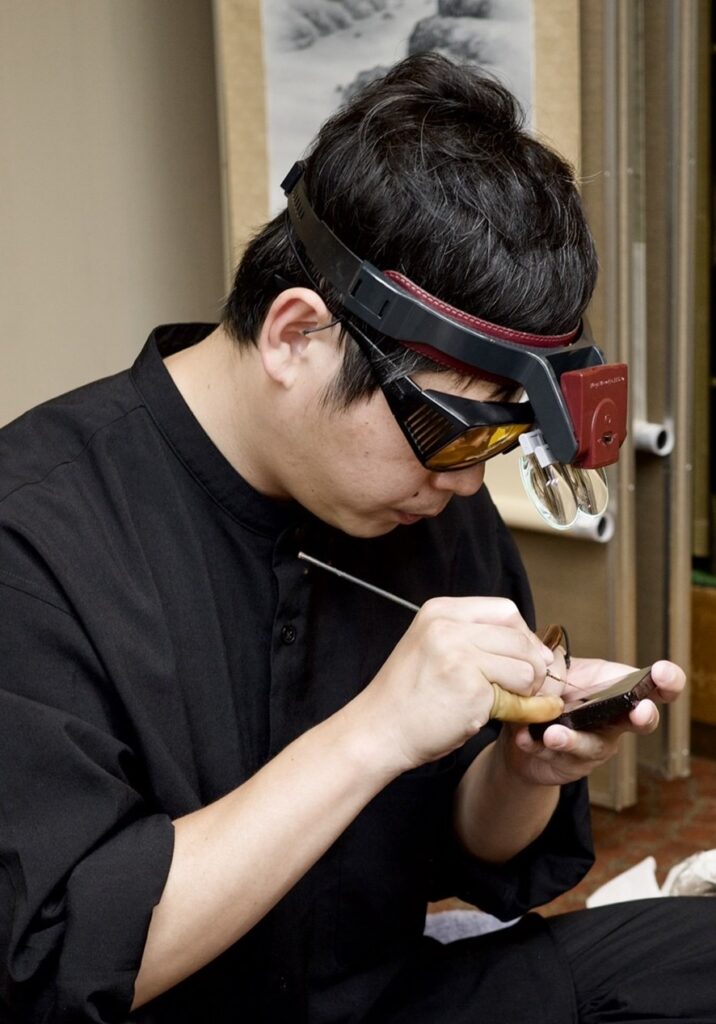
Inherit, develop, and pass on the traditional techniques
In Japanese lacquerware production, Mr. Takashima places importance on the concept of inheriting techniques. Not to steal the techniques of his predecessors, but rather, he takes care of them and nurtures them.
Mr. Takashima explains the difference between the two.
If you copy techniques from the works of your predecessors, you may get your work done, but you will be satisfied and that will be the end of it. However, it is important not only to be satisfied with what one has learned, but also to nurture one’s skills with a desire to improve further.
For him, it seems that techniques are something that can be entrusted to him and give him new inspiration. By putting his heart and soul into his work through trial and error, Mr. Takashima creates depth and richness of expression in his work.
He explains that the appeal of Japanese lacquerware lies in the fact that it is a technique unique to Japan and a traditional craft that dates back 1,000 years. He especially respects Japanese lacquerware artists who did “godlike” work from the Edo period to the Meiji, Taisho and early Showa periods, and finds it fascinating that he can connect with them through their works. He also explains that he concentrates on the moment of drawing by letting the brush absorb the lacquer with his own unique way of breathing, and writes slowly as if he is placing the lacquer from the tip of the brush. He says that the depth of the process, in which he changes the placement of the brush tip according to the viscosity of the lacquer, is one of the most interesting aspects of Japanese lacquerware.
We saw some of his tools and realized that brushes are especially important for Japanese lacquerware artists. The translucent “water hair” at the tip of the brush is particularly important. Today, it is difficult to find a brush with a firm water hair, and it is very difficult to draw delicate lines as in past works. It is said that the brushes of the past were made from the hair of mice that lived on wooden boats in Lake Biwa, which are no longer available. There are very few craftsmen who can make brushes from mouse hair. Mr. Takashima feels that the tradition of Japanese lacquerware is in crisis in this respect.

Turning Inspiration into New Works of Art
Mr. Takashima said that he is inspired by the works of art left behind by his predecessors, and that he wants to be an inspiration to the next generation. He hopes that his work will inspire and interest people decades and centuries from now. However, when he receives orders from clients, he emphasizes the collaborative nature of his work. He is not bound by his own ideas, but draws inspiration from the client’s opinions and tries to create a work that satisfies everyone. This flexibility is also a result of the refinement of his soul. His works will shine in a new era while inheriting the techniques and soul of his predecessors.

